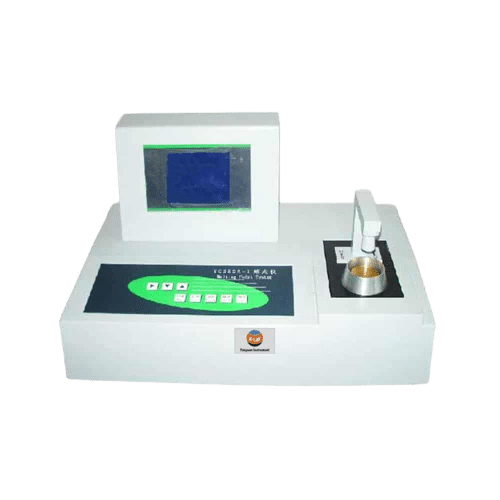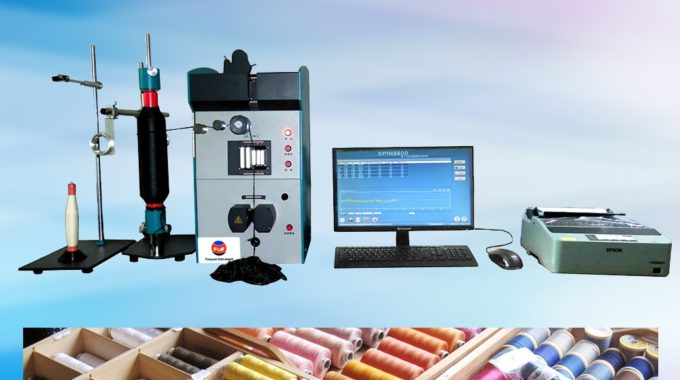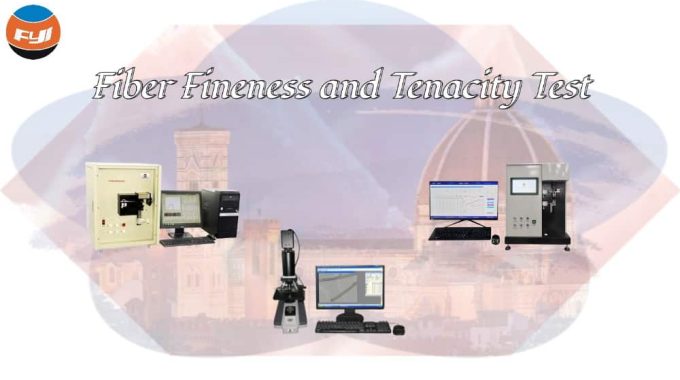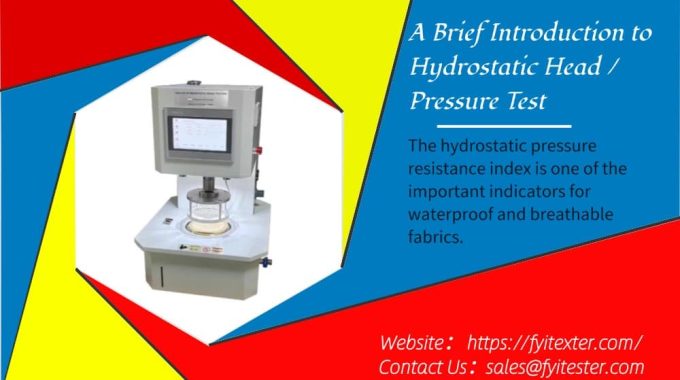
What You Need to Know about Melting Point Test
The melting point is the temperature at which a solid changes (melts) its physical state from solid to liquid. The temperature at which the opposite action occurs (ie, changes from liquid to solid) is called the freezing point. Unlike boiling point, melting point is slightly affected by pressure. In most cases, the melting point of an object is equal to the freezing point.
Contents
Melting point test principle
The principle of melting point testing is based on the fact that substances exist in different physical states (solid, liquid and gaseous) at different temperatures. When a substance is heated to its melting point, its solid structure begins to destroy, and molecules or atoms begin to move in space, changing from solid to liquid.
The principles of melting point testing can be summarized into the following aspects:
- Molecular/Atomic Interactions: The melting point of a substance depends on the interaction forces between its molecules or atoms. In the solid state, molecules or atoms maintain an orderly arrangement through strong interaction forces. When a substance is heated, the energy transferred to the substance increases and the interaction forces are weakened, causing the substance to gradually lose order and the molecules or atoms begin to move, causing it to melt into a liquid.
- Heat absorption: When a substance changes from solid to liquid, it needs to absorb a certain amount of heat. This is because the interaction forces between the molecules or atoms of a solid substance need to be overcome in order for it to enter the liquid state. In a melting point test, when a substance is heated to its melting point, the heat absorbed causes the temperature rise to stagnate until all solid matter has transitioned to a liquid state.
- Temperature measurement: Melting point testing requires accurate measurement of the temperature of a substance. A common method is to use a thermometer or thermal sensor to monitor changes in the temperature of a substance. When a substance begins to melt, the temperature will remain essentially constant until the substance is completely melted.
Melting point test method
Melting point testing can be performed by a variety of methods. Here are some common melting point testing methods:
Open Capillary Tube Method
This is one of the most commonly used melting point testing methods. It involves loading the substance to be measured into a long, slender glass capillary tube or open pipe, then slowly heating it, and observing the temperature at which the substance begins to melt and completely melts in the pipe. This method is suitable for melting point testing of most organic compounds and some inorganic compounds.
Differential Scanning Calorimetry
This is a thermal analysis technique that measures the amount of heat absorbed or released by a substance during heating or cooling. In melting point testing, DSC can determine the melting point by detecting the temperature difference between a sample and a reference sample. When the substance under test undergoes a phase change, it absorbs or releases heat, producing a peak signal. This method is suitable for melting point testing of high-purity materials, polymers, metals, etc.
Thermal Optical Microscopy
This is a method that combines optical microscopy and thermal analysis techniques. Observe the melting point changes of the substance to be measured under a thermal optical microscope. By observing changes in a sample’s optical properties, such as its refractive index, with temperature, its melting point range can be determined.
Thermal Differential Analysis
This is a method that combines differential scanning calorimetry and differential thermal analysis. It can determine the melting point by monitoring changes in the heat capacity of a substance. When a substance changes from solid to liquid, its heat capacity changes significantly. This method is suitable for high melting point materials and samples that cannot be tested using traditional methods.
These are common melting point testing methods, and each method has its scope and limitations. Choosing an appropriate method depends on factors such as the nature of the substance to be measured, the accuracy required, and the experimental conditions. When conducting melting point testing, ensure that the experiment is conducted in accordance with relevant operating procedures and safety measures.
Melting point tester
The melting point tester uses a microcomputer to analyze changes in light transmission during the heating process and test the melting point of powders, PET slices, chemical fibers, etc. (except for opaque and dark-colored objects). Automatically correct temperature measurement;
Two melting point reporting methods are available: an automated method by analyzing changes in light transmission during heating or a manual method using visual inspection with a microscope.

The function of melting point tester
A melting point tester is an instrument used to measure the melting point of a substance. It has a wide range of applications in various fields, mainly used in the following aspects:
- Substance identification: By determining the melting point of a substance, it can be identified and confirmed. Each substance has a specific melting point range, so the identity and purity of the substance being tested can be determined by comparison with known substances. This is very important in research and production in fields such as chemistry, pharmacy, and materials science.
- Quality Control: Melting point testers can be used to check and control the quality of products. The quality standards of many products include melting point requirements. By testing the melting point of a product, you can determine whether it meets the specified standards. For example, in pharmaceutical manufacturing, melting point testing can be used to verify the composition and purity of a drug.
- Crystal research: For crystalline materials, the melting point tester can be used to study the phase change properties and structure of the crystal. By observing the melting process of crystals at different temperatures, the stability, lattice structure, and possible phase transition mechanisms of the crystal can be understood.
- Materials Research and Development: In materials science, melting point testers can be used to evaluate and determine the thermal stability and melting properties of materials. This has important implications for selecting materials, designing appropriate processing processes, and developing new materials.
Comments are closed.



All readers can benefit from the well-researched content and expertly crafted narratives.
Know that you’re in for a treat when you click on a post from this blog—it’s always a worthwhile read.